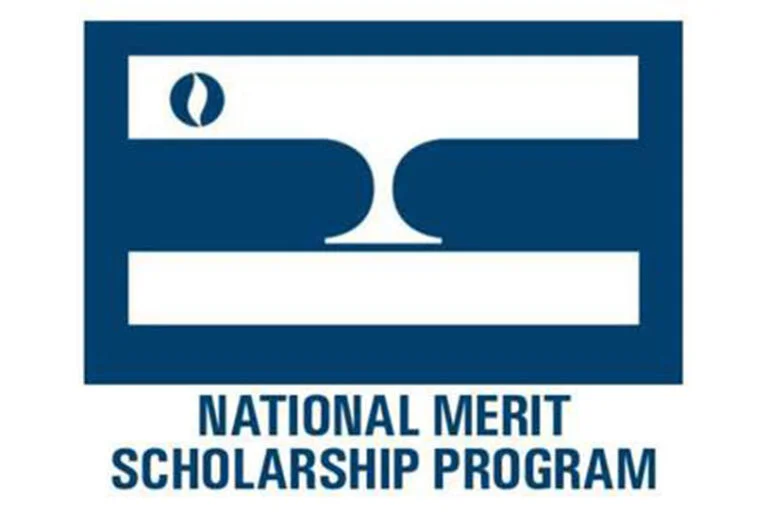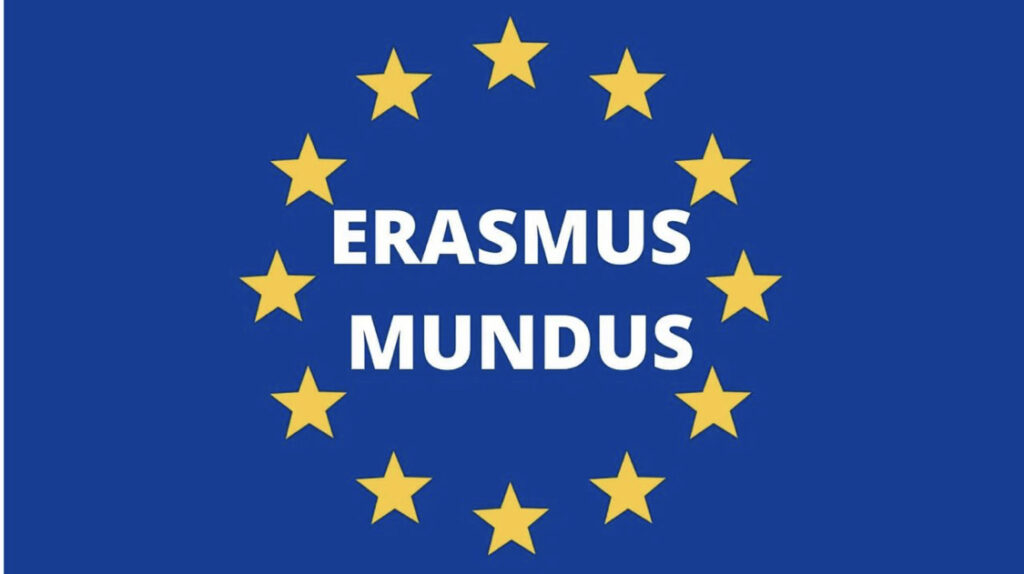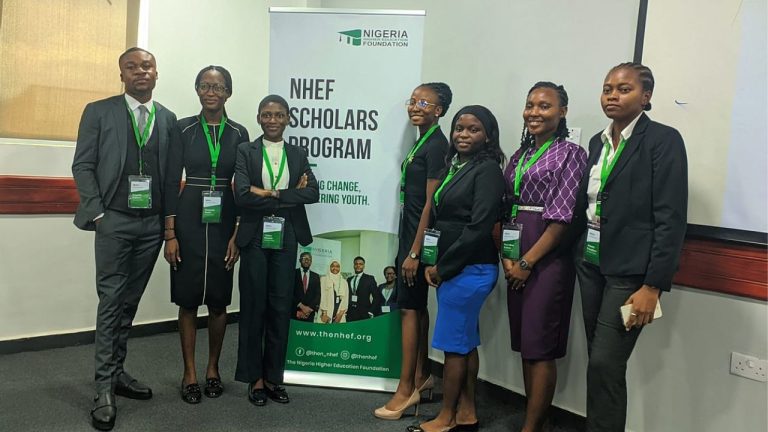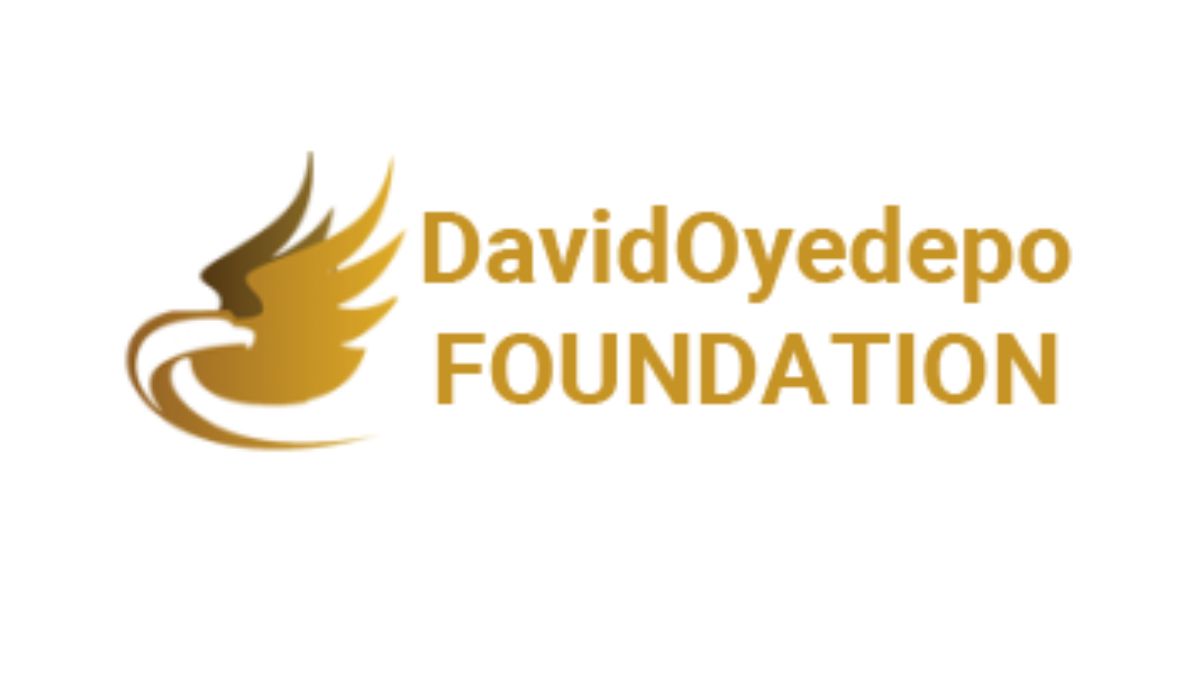National Merit Scholarship

Start your academic journey to recognition and reward with one of the most prestigious merit-based scholarships in the United States—the National Merit Scholarship. Each year, this program honors outstanding high school students who demonstrate exceptional academic ability through their performance on the PSAT/NMSQT. With over 4.5 million students taking the PSAT annually, only a small percentage rise through the ranks to become Semifinalists, Finalists, and ultimately, National Merit Scholars.
But what exactly does it take to earn this prestigious honor? What are the benefits—beyond the scholarship itself—and how does it impact your college applications and career trajectory? This comprehensive guide will walk you through everything you need to know about the National Merit Scholarship 2025, including eligibility requirements, selection criteria, key dates, award types, and tips to help you stand out in this highly competitive process.
Whether you’re a high school junior planning to take the PSAT or a parent seeking clarity on how this scholarship can support your child’s future, this article is your one-stop resource for understanding and conquering the National Merit process.
Related Post: Erasmus Mundus Scholarship 2025
What Is the National Merit Scholarship?
The National Merit Scholarship Program is a prestigious U.S. academic competition administered by the National Merit Scholarship Corporation (NMSC). Earning National Merit Recognition can unlock not only scholarships but also influence college admissions and free entry to corporate and university sponsorships—making it one of the most coveted honors for high school students.
Timeline & Key Milestones
- Junior Fall: Take the PSAT/NMSQT (Preliminary SAT/National Merit Scholarship Qualifying Test).
- September of Senior Year: Learn if you’re a Commended Scholar or Semifinalist.
- Senior Fall: Semifinalists submit an application to become finalists.
- February: Finalists are notified, with high schools receiving Certificates of Merit.
- Spring: About 7,500 merit scholarships are awarded (corporate, college, and national).
Eligibility Criteria for National Merit Scholarship
| Requirement | Details |
|---|---|
| Test | Must take the PSAT/NMSQT in junior year (not PSAT 10 or PSAT 8/9). |
| Enrollment | Full-time U.S. high school student in good standing. |
| Citizenship | U.S. citizens or lawful permanent residents. |
| Intent | Plan to attend college after senior year. |
Understanding the Process
1. Commended Students
- Top 2–3% of PSAT test-takers (∼34,000 students).
- Receive a letter from NMSC—recognized for academic excellence but ineligible for the National Merit Scholarship.
- May still be considered for special scholarships through sponsors.
2. Semifinalists
- Top ~1% within your state (around 16,000 students).
- Determined by a state-specific selection index, which is the sum of your PSAT section scores multiplied by 2.
- Notification comes in early September of senior year.
- Represents academic prestige—a tier that attracts scholarship offers from colleges and businesses.
3. Finalists
To move from Semifinalist to Finalist (about 15,000 students):
- High SAT scores to confirm PSAT performance.
- Application package:
- Official high school transcript
- Letter of recommendation (usually from your principal)
- A personal essay
- Completed NMSC application form
- Must maintain strong school standing and citizenship status
4. Scholars/Winners
- From nearly 15K finalists, 7,500 are chosen as Merit Scholars.
- Award categories:
- National Merit $2,500 Scholarships—one-time, judged without regard to financial need.
- Corporate-Sponsored Scholarships—often renewable and tied to hometown or major.
- College-Sponsored Awards—given by participating universities in exchange for first-choice enrollment and may be renewable.
5. Special Scholarships
- Around 800 winners who don’t become finalists receive awards from corporate or business sponsors.
- Requires a separate application round, often based on semifinalist status and sponsor guidelines.
PSAT Score Benchmarks
| State Type | Approx. Semifinalist Cutoff Index |
|---|---|
| High-cutoff states (e.g., MA, NJ, DC) | ~220–225 |
| Average states | ~215 |
| Low-cutoff states (WY, MT, etc.) | ~210–214 |
Rule of thumb: Score 4–5 points above your state cutoff to strengthen your case.
How to Boost Your Chances
- Start strong: Begin PSAT prep in sophomore year with SAT-style questions.
- Take the full PSAT/NMSQT in junior fall.
- Analyze your results—identify weak areas and prioritize targeted SAT prep.
- Retake the SAT if needed before mid-senior year.
- Prepare early: Draft your essay, request recommendations, and gather documents as soon as you’re named a semifinalist.
- Highlight leadership: Use your essay and interview (if any) to emphasize well-rounded achievement.
- Research corporate and college sponsors beforehand to understand additional scholarship opportunities.
Why It Matters—Beyond the $2,500
- College Presidencies & Scholarships: Many top universities offer automatic scholarships or bonus consideration to Merit Finalists.
- Targeted Awards: Semifinalists get special awards through local businesses or NGOs.
- CVs and Applications: Submit National Merit statuses on college apps and resumes to signal academic distinction.
- Networking & Recognition: Invitation to official events, though not part of the final awards, enhances your profile.
Frequently Asked Questions
- Can commended students get scholarships?
Yes—via special scholarships sponsored by corporations or nonprofits. - How many National Merit Scholars are there annually?
≈7,500 winners chosen from 15,000+ admin finalists in the spring. - Is the scholarship amount fixed?
- NMSC national scholarships: $2,500 (one-time).
- College/corporate awards may be renewable and vary in value.
- Does being a semifinalist guarantee acceptance at top colleges?
No guarantee, but it significantly strengthens admission and scholarship packages.
Final Thoughts
The pool might be large—4.5+ million PSAT test-takers—but making it into the top 0.2% is within reach with preparation, strategy, and perseverance. From Commended Scholar to Top Scholar, each step elevates your academic profile and college roadmap.
Focus on scoring well, build a compelling Finalist application, and leverage the broad benefits that come with Merit recognition. With smart planning, you’ll position yourself not just for the scholarship, but for the doors it opens along the way. Good luck!
Also Read
Erasmus Mundus Scholarship 2025
Nigeria Higher Education Foundation (NHEF) Scholarship 2025
David Oyedepo Foundation Scholarship 2025
Knight-Hennessy Scholarship




